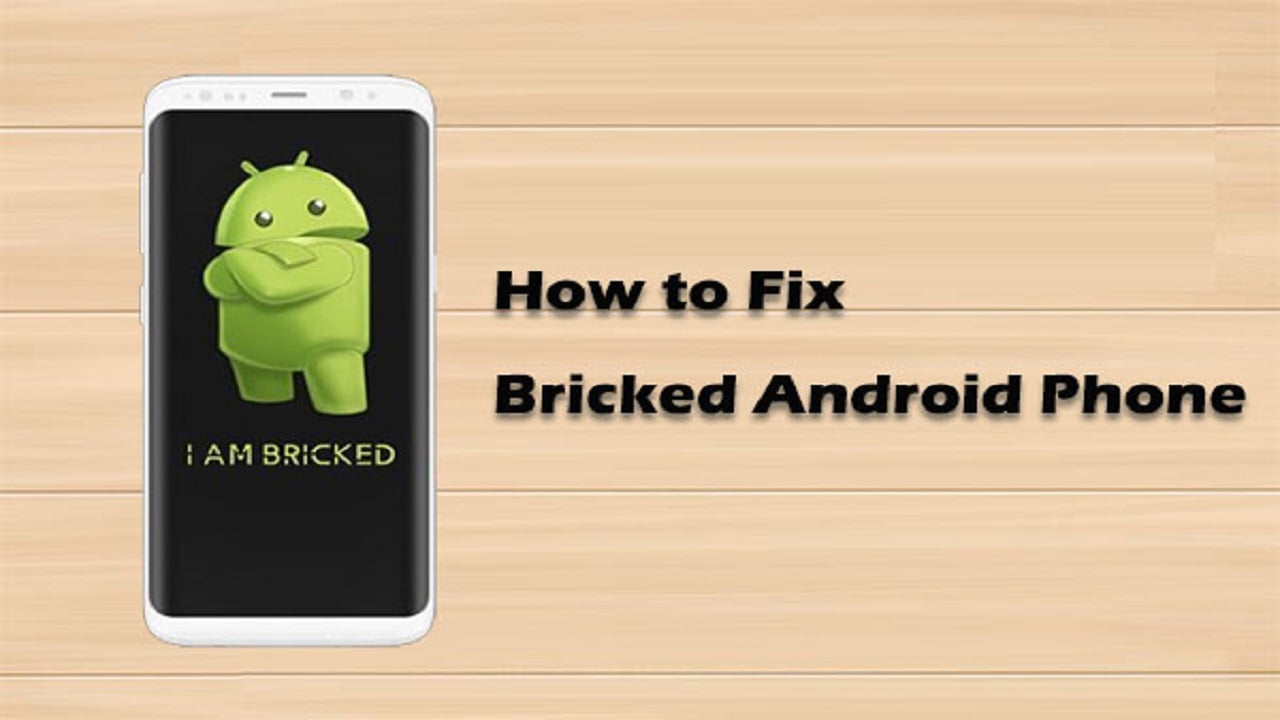In today’s tech-driven world, smartphones have become essential gadgets for our daily lives. When a phone stops working or becomes “bricked,” it can cause panic among users. Although it’s not a common issue for most users, software glitches, often arising from updates, can render your phone inoperable. A recent incident involving Samsung devices illustrates this; an update to the SmartThings app made several models, including the Galaxy S10 and Galaxy Note 10, unusable. In this blog, we will discuss what a bricked phone is and explore potential fixes. Let’s break it down.
What Does “Bricked” Mean?
A bricked phone refers to a device that is unresponsive or completely unusable. For example, if your phone is stuck in a boot loop or won’t turn on at all, it is considered bricked. There are two types of bricking: soft bricking and hard bricking. Let’s examine the difference between the two:
Soft Brick
A soft-bricked phone may get stuck in a boot loop, freeze on a logo screen, or enter recovery mode. While this is problematic, it is usually repairable with some effort. Soft bricking often occurs after a failed update or when attempting to tweak software, such as installing custom ROMs.
Hard Brick
A hard-bricked phone is completely unresponsive, showing no signs of life even after pressing the power button or attempting to enter recovery mode. Hard bricking is more severe and typically requires professional assistance or a complete device replacement.
Causes of a Bricked Phone
Software issues are the primary causes of a bricked phone. Problematic updates or failed installations are often responsible for a bricked device. Here are some common causes:
- Failed Software Update: A system or app update can malfunction during the process. Recently, a simple SmartThings app update rendered many Samsung phones, like the Galaxy S10, unusable.
- Rooting and Custom ROMs: While rooting your phone allows for customization, it also carries risks. Incorrectly installing a custom ROM or modifying the phone’s firmware can lead to bricking.
- Beta Software: Using beta versions of operating systems, such as Android or iOS, can be risky since they are not fully stable. For instance, Apple’s iOS 17 beta caused issues earlier this year.
- Malware: In some cases, malware can corrupt your phone’s operating system, rendering it useless.
- Hardware Damage: Although less common, severe hardware damage—like dropping your phone in water—can lead to bricking, typically categorized as hardware failure rather than software bricking.
What to Do If Your Phone is Bricked?
If your phone is bricked, consider these troubleshooting steps before panicking:
Check for Widespread Issues
Before jumping to conclusions, check online forums or social media to see if others are experiencing the same issue. For instance, when the SmartThings app update bricked many Samsung phones, users quickly learned that they were not alone and an official fix was likely on the way.
Contact Customer Service
If your phone is soft-bricked, reach out to customer support. They can guide you through steps like entering recovery mode or resetting the device without losing your data. Samsung, for example, was able to help many users reset their bricked phones without wiping out critical information.
Try Recovery Mode
If your phone is stuck in a boot loop or won’t load the operating system, attempt to access Recovery Mode. This feature allows you to restart the device, clear the cache, or even reset the phone to factory settings. Note that a factory reset will erase all your data.
Hard Reset
If your phone remains unresponsive, you can try performing a hard reset. Each phone has a unique combination of buttons to press, but generally, pressing the power and volume-down buttons together will reboot the device.
Preventing Future Bricking
To minimize the risk of bricking your phone, consider the following steps:
- Back Up Your Data Regularly: Regular backups ensure that you can retrieve crucial files in case you need to factory reset your phone.
- Avoid Beta Software: Unless you’re a developer or an avid tech enthusiast, steer clear of beta versions of operating systems on your mobile devices.
- Be Cautious with Rooting: If you plan to root your phone, proceed with caution when installing custom ROMs or modifying system files.
A bricked phone can be a nightmare, but in many cases, a soft-bricked device is recoverable with patience and the proper steps. Always back up your data and exercise caution while updating your software to avoid future bricking. We hope this blog provides valuable insights.



